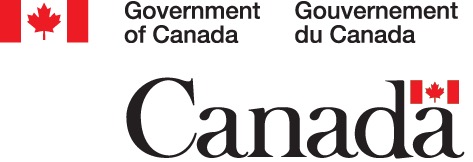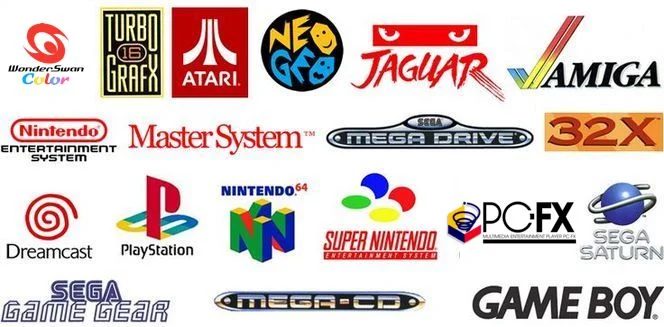
Feds Have Dropped $4.6 Billion on Outsourced IT, Up 8% Says Study

The federal government spent a whopping $4.6 billion of taxpayers’ money on IT contracting during the 2021-2022 fiscal period, per a recent research project out of Carleton University that claims Canada has “an unhealthy dependence” on private IT vendors (via The Globe and Mail).
Canada’s spending on outsourced IT contracts increased almost 8% year-over-year.
Carleton University Associate Professor Amanda Clarke and Code for Canada’s Laura Chang and Sarah Niedoba said that Ottawa’s $54 million budget for the once-mandatory ArriveCan app, which is under scrutiny by the House of Commons and potentially facing a federal audit, is “merely a symptom of the federal government’s ailing approach to procurement and outsourcing.”
To make matters worse, this isn’t a case of “you get what you pay for” – big spending isn’t yielding the best-in-class digital solutions Canadians would expect (and deserve) based on the price tag. A lack of public-sector digital talent and resources, unhelpful internal rules and processes, and an outdated procurement model have trapped Ottawa in a system where high-cost, low-value contracting with private firms has become standard practice.
According to the study, the feds can’t seem to figure out when to “buy” and when to “build.” Clark, Chang, and Niedoba suggest that the Canadian government make changes not only to its spending habits but its procurement process as well.
The federal government needs staff in-house, at all levels, that understand how to design and deliver seamless, accessible products and services, and its procurement model is long due for an update to bring it in line with international best practices.
For better results, outsourcing needs to be more competitive and prioritize smaller contracts rather than high-dollar-value, long-term contracts.
What’s more, Ottawa also needs to give public servants access to new, more modern tools, overhaul counterproductive policies, and be more open to collaborating with mission-aligned organizations to develop services.
In addition, the study argues that the government’s IT spending also needs to be more transparent and easier to investigate for the public.
“Alongside spending controls, we need contracts based on outcomes (not outputs) and far more transparency about who is awarded contracts, and whether these firms actually deliver value when they pocket public money.”
Ottawa’s ArriveCan budget is a prime example of why IT spending needs better reporting. When parliamentarians set out to dissect the $54 million price tag, they received a cost breakdown and list of contractors that was rife with errors.
The Canadian public deserves to be better informed on how its money is spent, and the development of digital services should focus on spending smarter rather than spending less.

